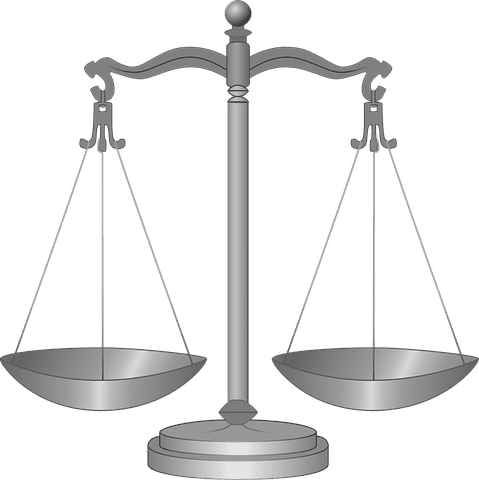 One of the best, most profitable methods you can use to trade the Forex market successfully is by waiting until you can identify currencies which are particularly strong or weak, and then make sure that you only take trades where you are going long of one of the currencies which you have identified as strong and short of one of the currencies which you have identified as weak.
One of the best, most profitable methods you can use to trade the Forex market successfully is by waiting until you can identify currencies which are particularly strong or weak, and then make sure that you only take trades where you are going long of one of the currencies which you have identified as strong and short of one of the currencies which you have identified as weak.
Obviously the first step here is to identify currencies as strong or weak. The most important thing here is to be ready to not trade at all if there are no currencies which fit your criteria for strength or weakness. If you try to force trades every day using this kind of trading strategy, you will lose money for sure.
How to identify whether there are any strong or weak currencies today? My preferred method is to look at the price. If the price of the most important pairs related to one currency are all making 50-day highs or lows, that is a sign of strength (or weakness). For example, let’s say EUR/GBP is making a new 50-day low, while GBP/USD and GBP/JPY are making new 50-day highs. This is a clear sign that the British Pound is a very strong currency. Of course, you could factor in other consideration to your assessment, such as whether a currency’s central bank is tending to tighten or loosen monetary policy.
Let’s apply this to the situation today. The GBP/USD currency pair made a new 50-day low close yesterday. This also happened in the EUR/GBP and GBP/JPY currency crosses. So, with the GBP making new long-term lows against its major trading partners, clearly the GBP is a weak currency.
Something very similar is happening to the Australian Dollar, although the AUD/NZD currency cross is now making only a 30-day low, so maybe the GBP is slightly weaker than the AUD.
What about strong currencies? Using the same method, you would have to say either the USD or the JPY. The JPY made a new 50-day high against the USD just a few days ago, so it could make sense to use both these currencies as the strong currency to hedge against fluctuations in the USD/JPY rate.
This would leave the target currency pairs and crosses as short GBP/JPY and GBP/USD, plus AUD/JPY and AUD/USD.
